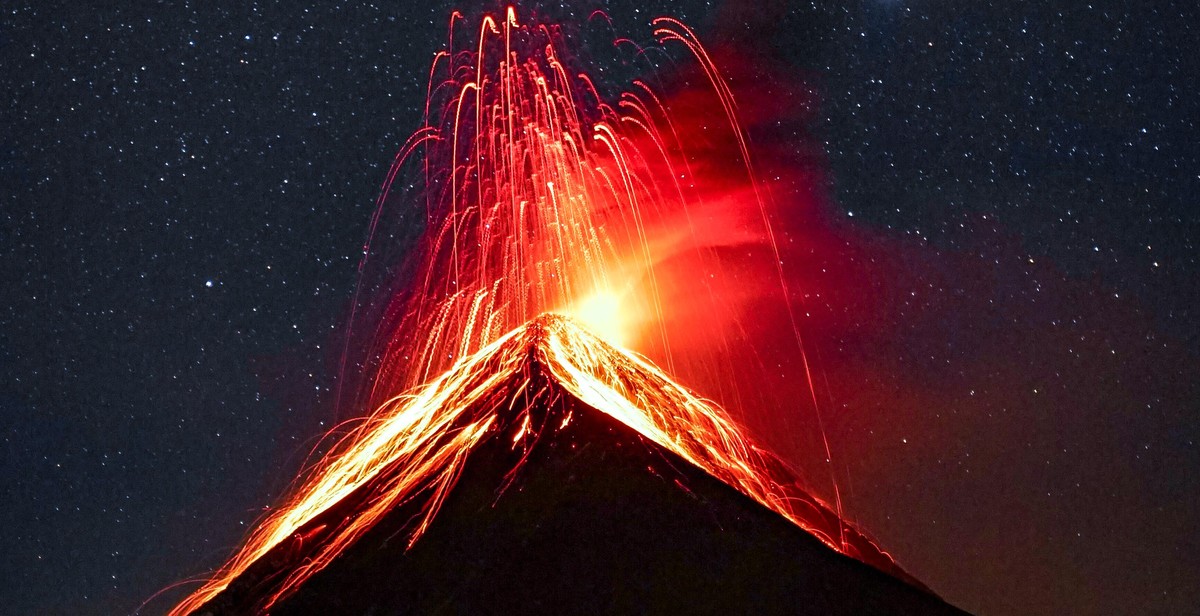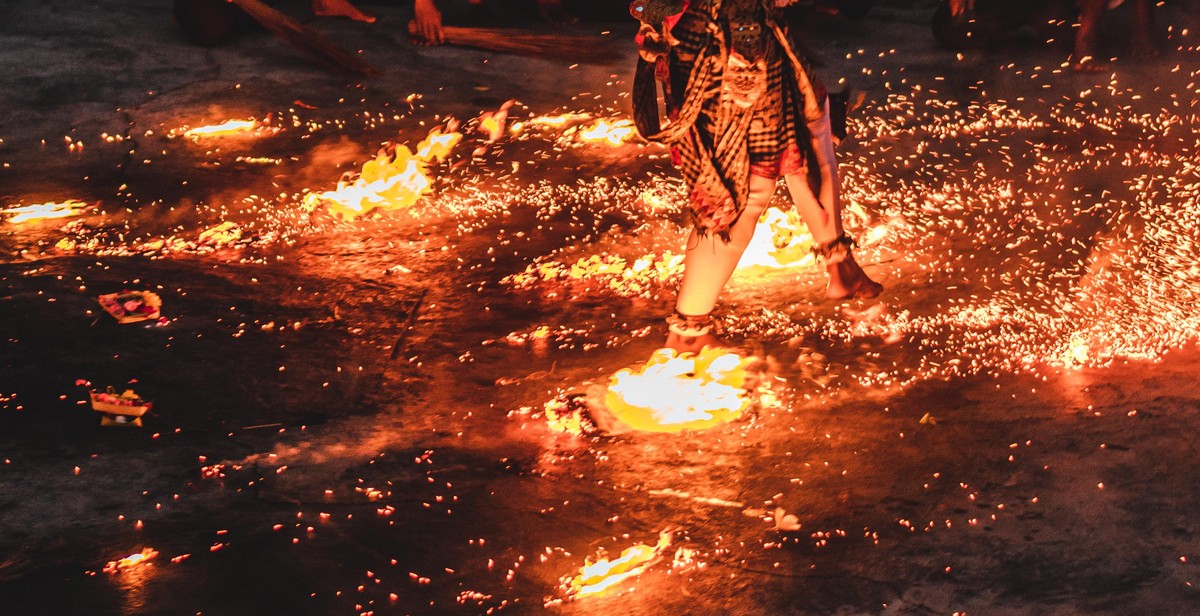How to Organize a Nighttime Stargazing Event: Exploring the Wonders of the Universe
Have you ever gazed up at the night sky and wondered about the mysteries of the universe? There is something magical about looking up at the stars and pondering the vastness of space. Organizing a nighttime stargazing event is an excellent way to share this experience with friends, family, or the community.
Why Organize a Nighttime Stargazing Event?
Stargazing events are a fantastic way to bring people together and promote a love for science and astronomy. They provide an opportunity for people to learn about the wonders of the universe and appreciate the beauty of the night sky. Stargazing events can be organized for a variety of occasions, such as school events, community gatherings, or private parties.
Organizing a stargazing event may seem daunting, but with proper planning and preparation, it can be an exciting and rewarding experience. This article will guide you through the process of organizing a nighttime stargazing event, from choosing the perfect location to selecting the right equipment and activities.
So, get ready to explore the wonders of the universe and create a memorable stargazing event that will leave your guests in awe.

Choosing the Right Location
When organizing a nighttime stargazing event, choosing the right location is crucial for a successful experience. Here are some factors to consider when selecting a stargazing spot:
Factors to Consider When Choosing a Location
- Light Pollution: Light pollution can hinder stargazing, so it is important to find a location with minimal light pollution. Look for a spot away from cities and urban areas, and check the International Dark-Sky Association’s map of light pollution to find a suitable location.
- Weather: Cloudy or rainy weather can ruin a stargazing event, so check the weather forecast beforehand. Clear skies are essential for stargazing.
- Visibility: A location with a clear view of the sky is ideal. Avoid spots with tall trees or buildings that obstruct the view of the sky.
- Accessibility: Choose a location that is easily accessible for everyone. It should be safe and have enough parking space.
- Time: Consider the time of day when planning the event. Choose a time when the sky is dark, typically after sunset.
Tips for Finding the Perfect Stargazing Spot
Here are some tips to help you find the perfect stargazing spot:
- Local Astronomy Clubs: Reach out to local astronomy clubs or groups for recommendations on stargazing spots in your area. They may have insider knowledge of the best locations.
- Online Resources: Use online resources like Dark Sky Finder or Star Walk to find stargazing spots near you. These resources can also help you determine the best time to go stargazing.
- State or National Parks: State or national parks are great locations for stargazing. They often have designated stargazing areas with minimal light pollution and clear views of the sky.
- Ask Locals: Ask locals in the area for recommendations on stargazing spots. They may have hidden gems that are not well-known.
| Important: | Remember to obtain any necessary permits or permissions before holding a stargazing event at a particular location. |
By considering these factors and tips, you can find the perfect stargazing spot for your event and provide an unforgettable experience for your guests.

Equipment Needed for Stargazing
Stargazing is an amazing and rewarding experience, but it requires the right equipment to fully appreciate the wonders of the universe. Here’s a list of the essential equipment you’ll need for a successful nighttime stargazing event:
Telescopes and Binoculars
Telescopes and binoculars are the most important pieces of equipment for stargazing. They allow you to see the stars and planets up close and in detail. When choosing a telescope or binoculars, consider the aperture, focal length, and magnification. Aperture refers to the diameter of the lens or mirror, which determines how much light the telescope can gather. Focal length refers to the distance between the lens or mirror and the point where the image is formed. Magnification refers to how much larger the image appears compared to the naked eye.
Accessories
In addition to telescopes and binoculars, there are several accessories that can enhance your stargazing experience:
- Eyepieces: These are lenses that attach to the telescope and determine the magnification.
- Filters: These are used to reduce glare and improve contrast when viewing planets and other bright objects.
- Mounts: These are used to stabilize the telescope and keep it pointed at the object you’re viewing.
- Red light: This is used to preserve your night vision when reading star charts or adjusting your equipment.
Gadgets
There are also several gadgets that can make stargazing easier and more enjoyable:
- Star charts: These are maps of the night sky that help you locate stars, constellations, and other celestial objects.
- Apps: There are several stargazing apps available for smartphones and tablets that can help you identify stars and planets.
- Telescope control software: This software allows you to control your telescope from your computer or smartphone.
| Feature | Telescope | Binoculars |
|---|---|---|
| Aperture | Large | Small to medium |
| Focal length | Long | Short to medium |
| Magnification | High | Low to medium |
| Portability | Less portable | More portable |
| Price | Expensive | Less expensive |

Preparing for the Event
Invitations and Promotion
One of the most important aspects of organizing a nighttime stargazing event is getting the word out to potential attendees. Utilizing social media platforms such as Facebook, Twitter, and Instagram can be an effective way to promote the event and increase attendance numbers. Creating a hashtag specific to the event can also help generate buzz and encourage attendees to share their experience on social media.
Additionally, sending out personalized invitations via email or traditional mail can add a personal touch and make attendees feel special. Make sure to include all necessary details such as the date, time, location, and any pertinent safety information.
Food and Beverages
Providing food and beverages can enhance the overall experience for attendees and keep them comfortable throughout the event. Consider offering light snacks such as popcorn, trail mix, or fruit for attendees to munch on while stargazing. Providing hot beverages such as tea or coffee can also help keep attendees warm on chilly nights.
It’s important to take into account any dietary restrictions or allergies attendees may have. Offering a variety of options can help ensure that everyone is able to enjoy the refreshments provided.
Safety Measures
Safety should be a top priority when organizing a nighttime stargazing event. Make sure to choose a location that is safe and easily accessible for attendees. Providing adequate lighting can also help prevent accidents and ensure that attendees are able to navigate the area safely.
Additionally, it’s important to educate attendees on basic safety measures such as not looking directly at the sun, wearing appropriate clothing for the weather, and staying hydrated throughout the event.
| Invitations and Promotion | Food and Beverages | Safety Measures |
|---|---|---|
| Utilize social media platforms | Offer light snacks and hot beverages | Choose a safe location and provide adequate lighting |
| Send personalized invitations | Consider dietary restrictions and allergies | Educate attendees on basic safety measures |
| Create a hashtag specific to the event |

During the Event
Once the equipment is set up, the real fun begins. Here are some tips to make the most of your nighttime stargazing event:
Setting Up Equipment
Make sure all equipment is properly set up and calibrated before the event begins. This includes telescopes, binoculars, and any other viewing aids. Ensure that the equipment is placed in a suitable location where participants can comfortably view the sky.
Identifying Constellations and Stars
One of the main objectives of the event is to identify constellations and stars. It is important to have a basic understanding of the night sky and what to look for. A guide or map of the constellations and stars can be helpful for beginners. Encourage participants to ask questions and share their observations.
| Tips for identifying constellations and stars |
|---|
| Use a laser pointer to point out specific stars or constellations |
| Look for patterns in the stars to identify constellations |
| Use a smartphone app to help identify stars and constellations |
Engaging Participants
Engage participants by encouraging them to ask questions and share their observations. Consider organizing activities such as a scavenger hunt or a quiz to make the event more interactive. Provide snacks and drinks to keep participants energized and comfortable throughout the event.
- Encourage participants to bring their own telescopes or binoculars
- Provide red light flashlights to preserve night vision
- Have a first aid kit on hand in case of any accidents

Conclusion
Organizing a nighttime stargazing event can be a fulfilling and enjoyable experience for everyone involved. Not only does it provide an opportunity to explore the wonders of the universe, but it also offers numerous benefits that can make it a worthwhile endeavor.
Benefits of Organizing a Nighttime Stargazing Event:
- Encourages curiosity and learning: Stargazing events can inspire a sense of wonder and curiosity about the universe, leading to a desire to learn more about astronomy and science.
- Promotes community engagement: Stargazing events can bring together people from different backgrounds and age groups, fostering a sense of community and connection.
- Provides a unique experience: Stargazing events offer a unique and memorable experience that is not easily replicated in other settings.
- Increases awareness of environmental issues: Stargazing events can raise awareness of light pollution and other environmental issues that impact our ability to see the stars.
- Promotes outdoor recreation: Stargazing events encourage people to spend time outdoors and appreciate nature.
Overall, organizing a nighttime stargazing event is a fantastic way to promote education, community engagement, and outdoor recreation while exploring the wonders of the universe. So why not plan your own stargazing event and experience the benefits for yourself?
